HND Hospitality Unit 31: Food Safety Management Report Analysis
VerifiedAdded on 2023/02/02
|22
|1075
|98
Report
AI Summary
This report provides a detailed overview of food safety management, focusing on the prevention of physical and chemical contamination in food. It explores the differences between food poisoning and food-borne infections, detailing their characteristics and causative agents. The report further outlines various food-borne illnesses, such as cholera, E. coli infection, and mushroom poisoning, while discussing control measures for each. It emphasizes the importance of hygiene, inspection services, and sustainable farming practices to mitigate food safety risks. The conclusion summarizes the key aspects of food contamination, food poisoning, and food-borne infections, highlighting the importance of implementing effective control measures to ensure food safety in the hospitality industry. The report is based on the HND in Hospitality Management Unit 31 curriculum.
1 out of 22
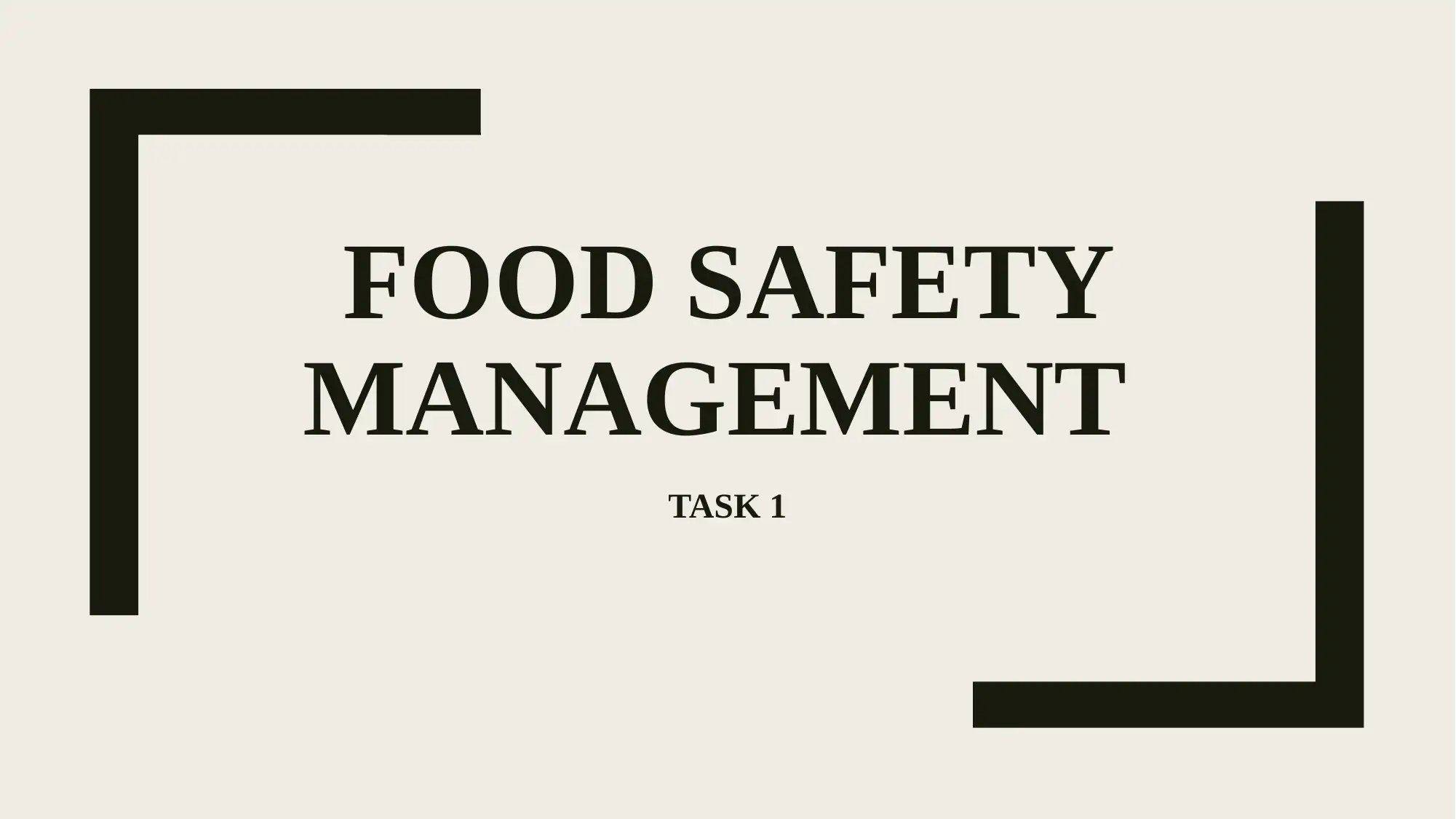
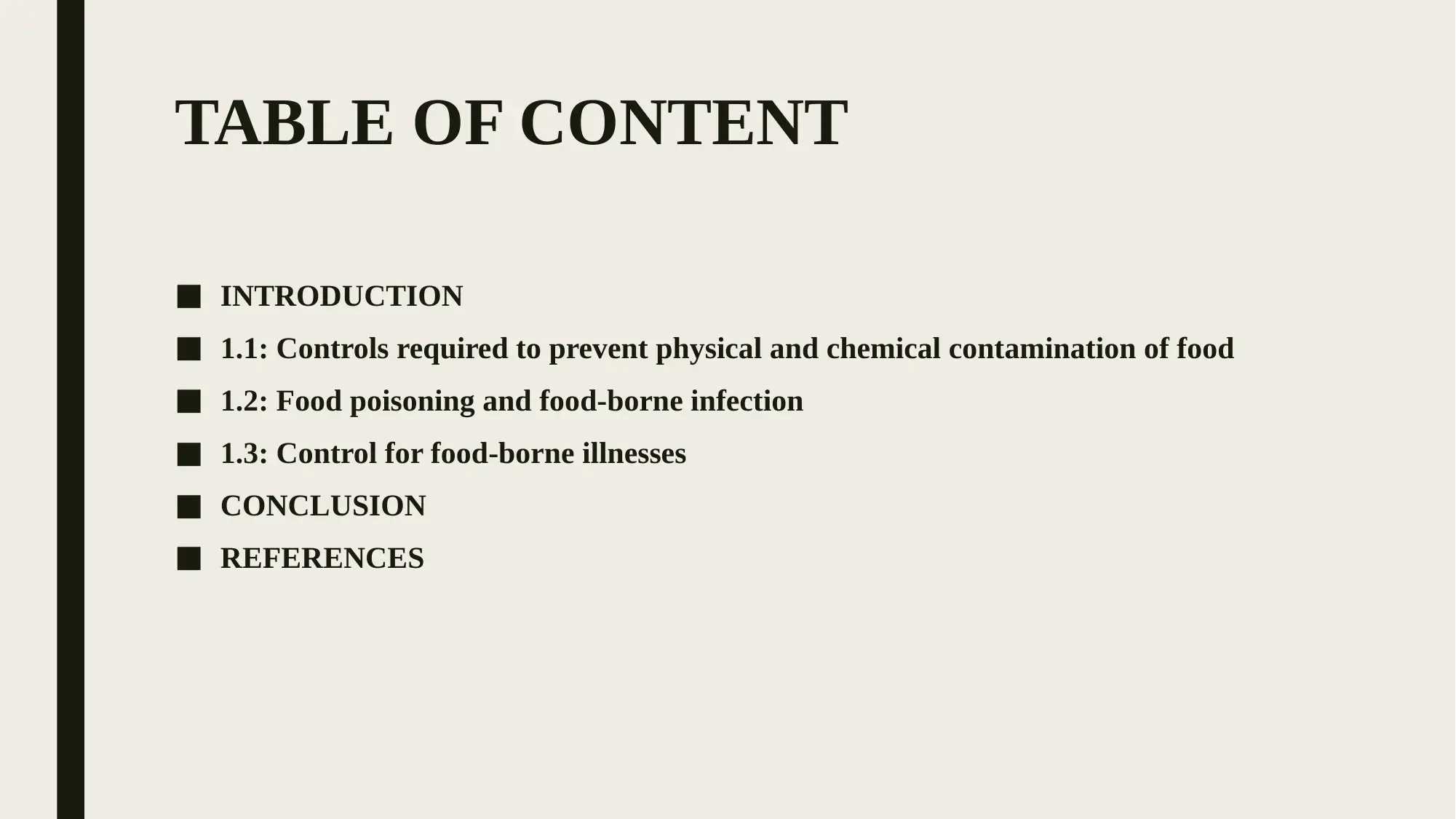
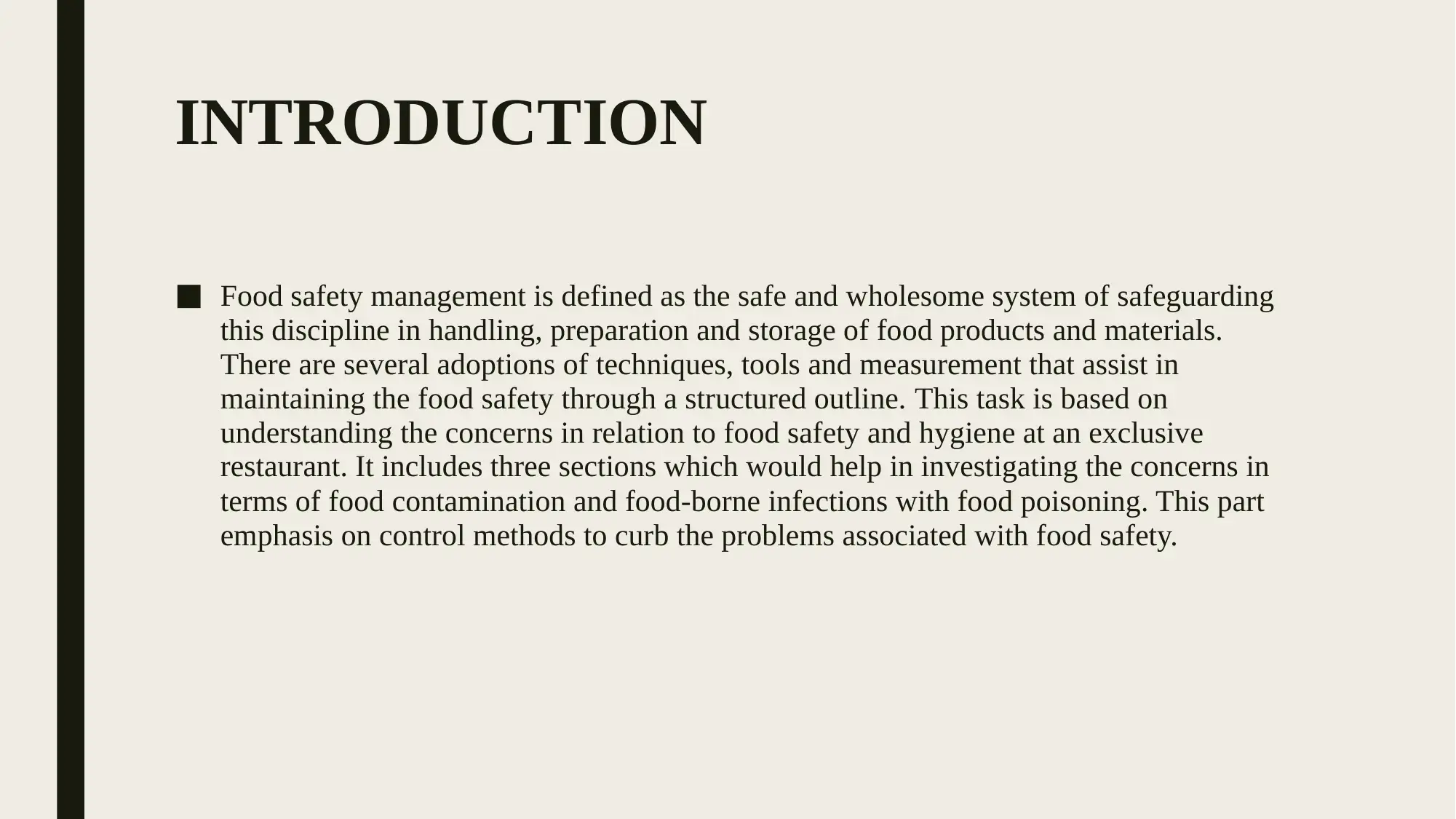

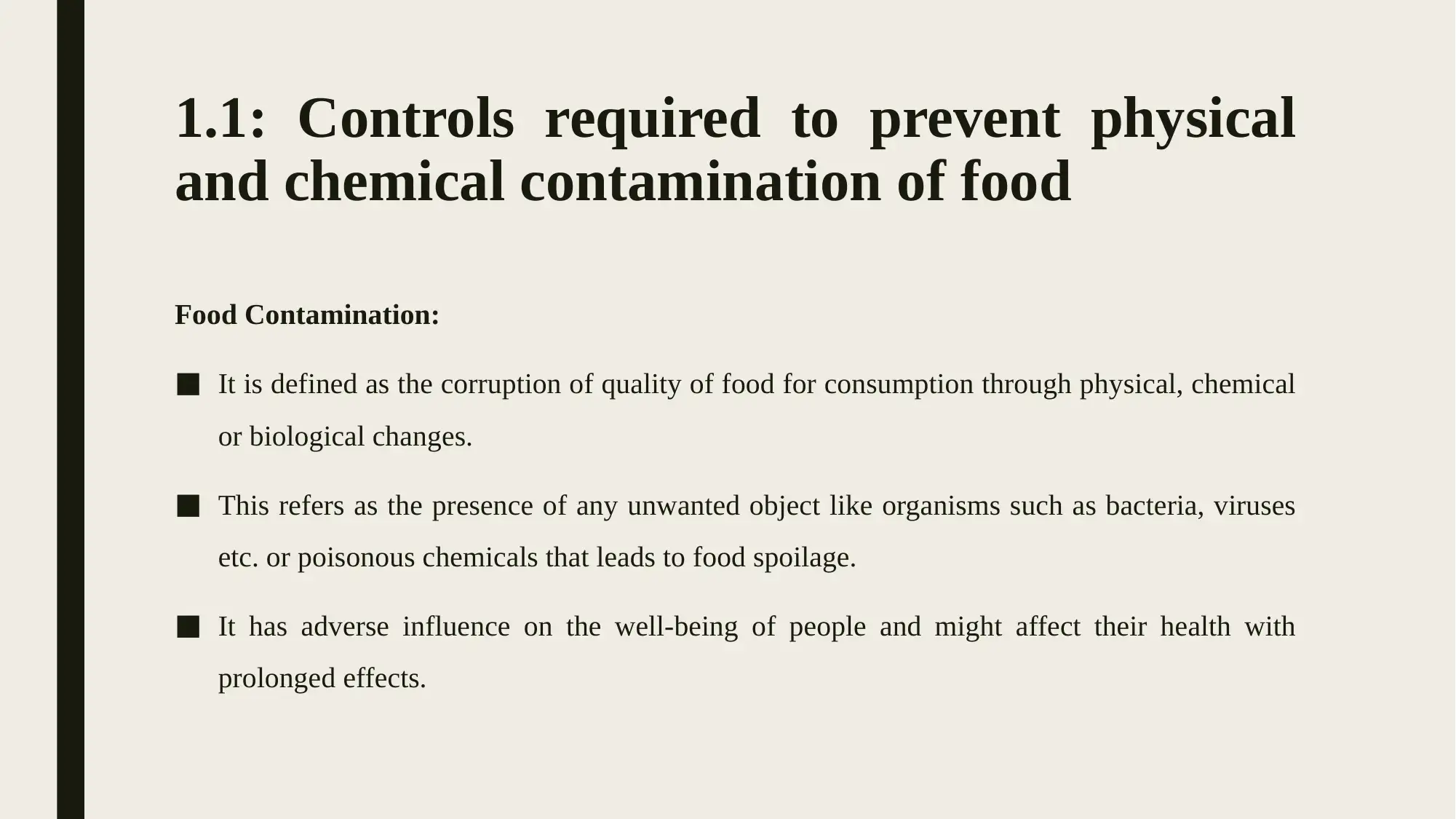
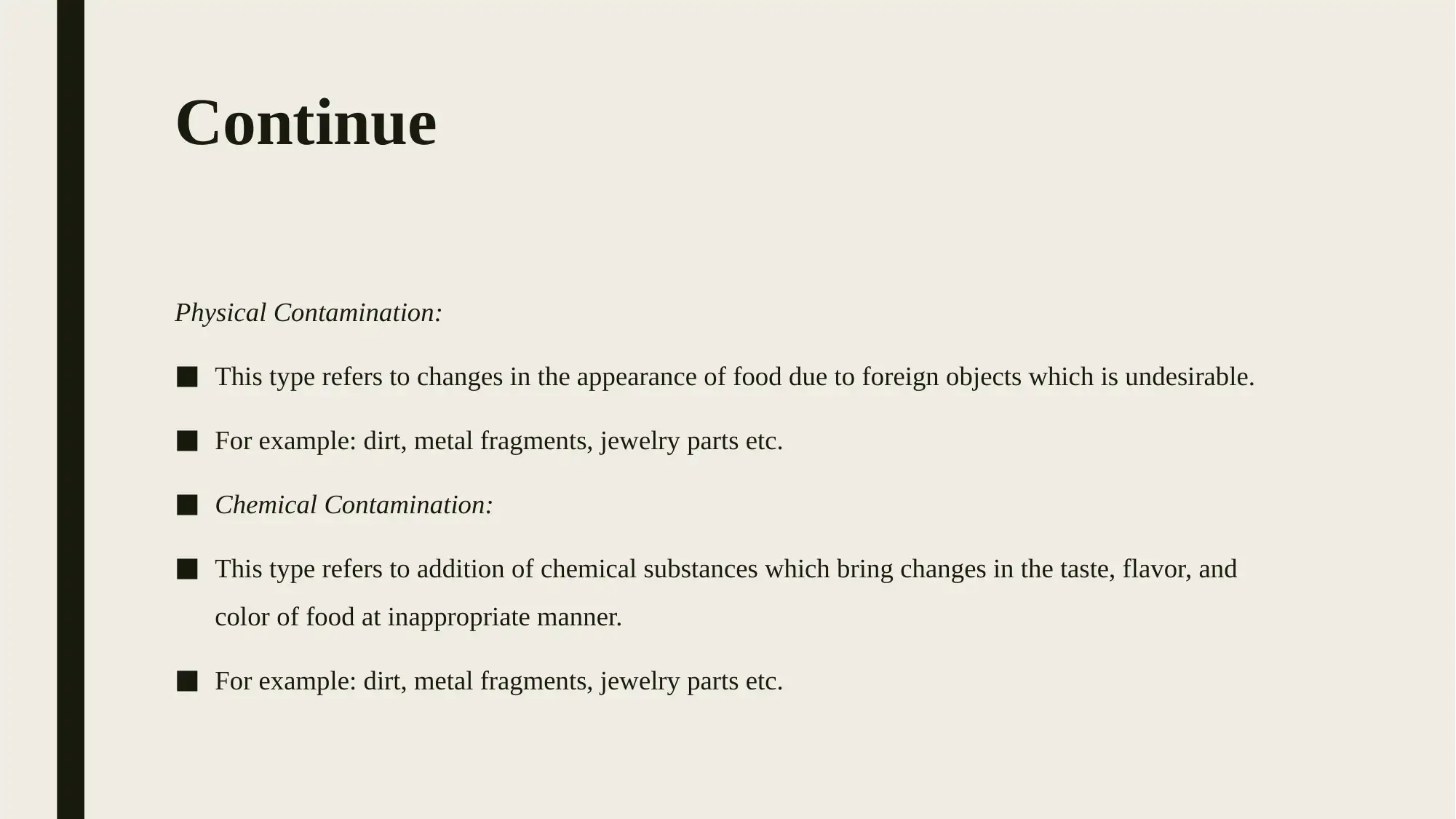
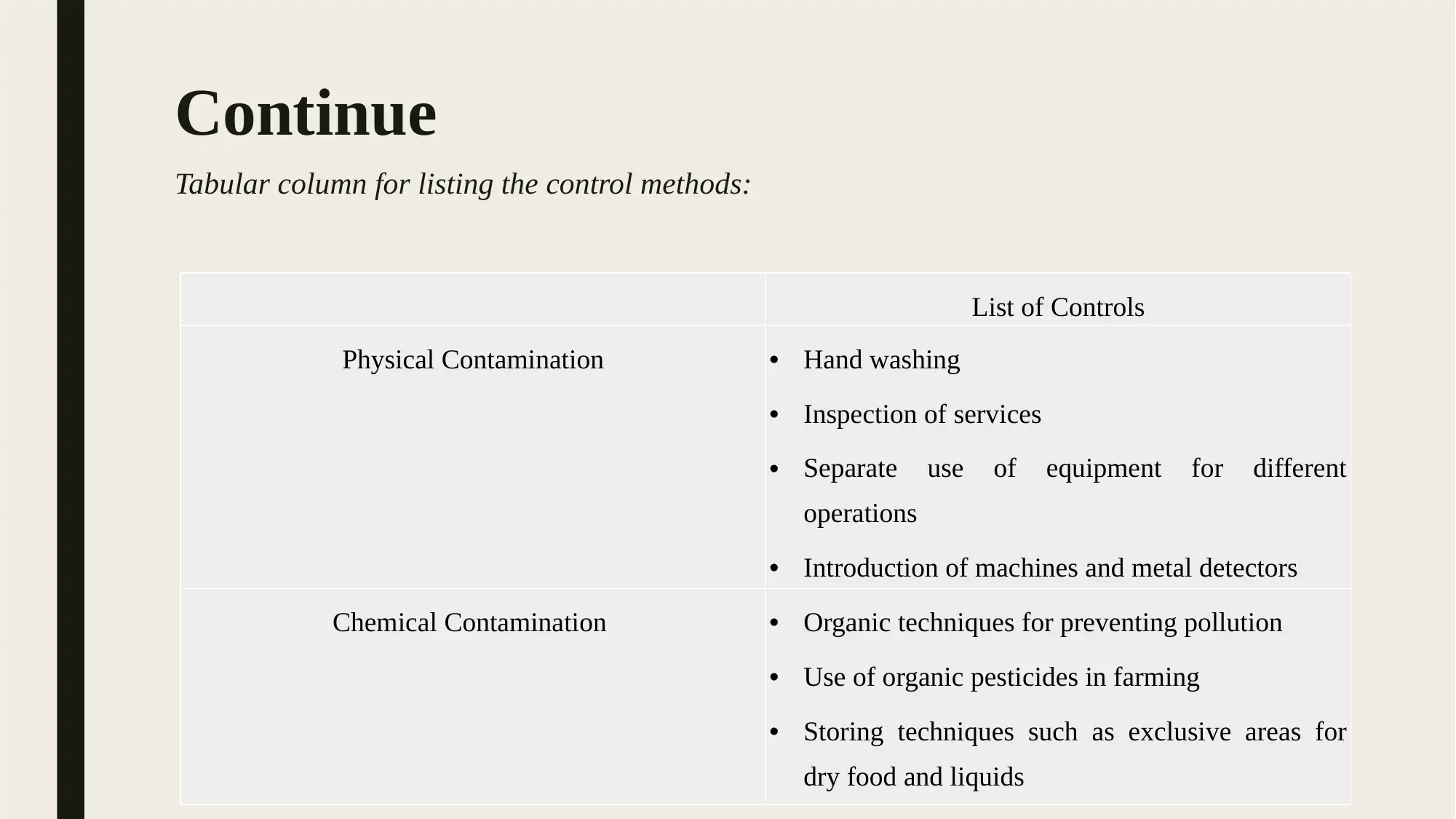
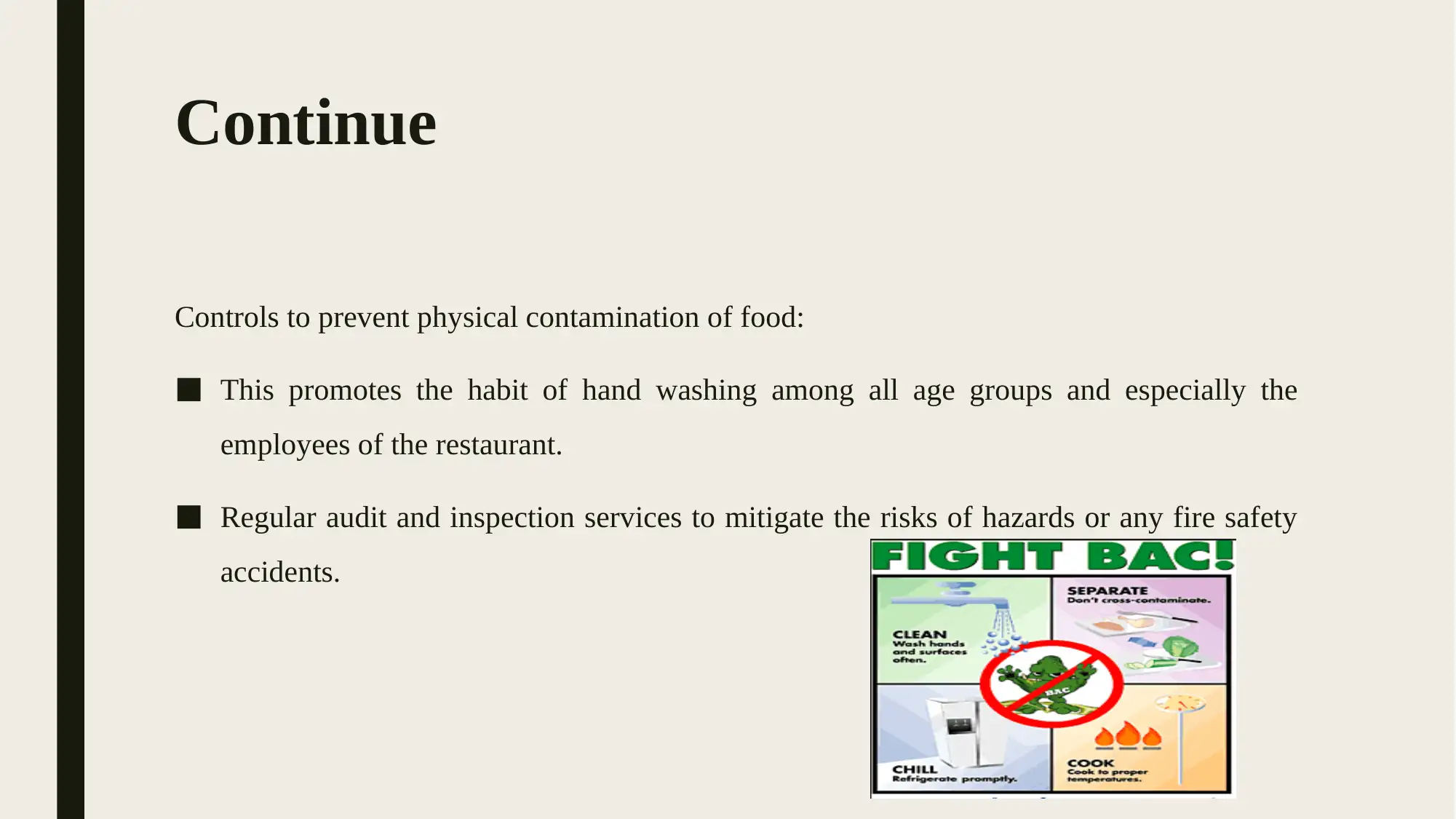
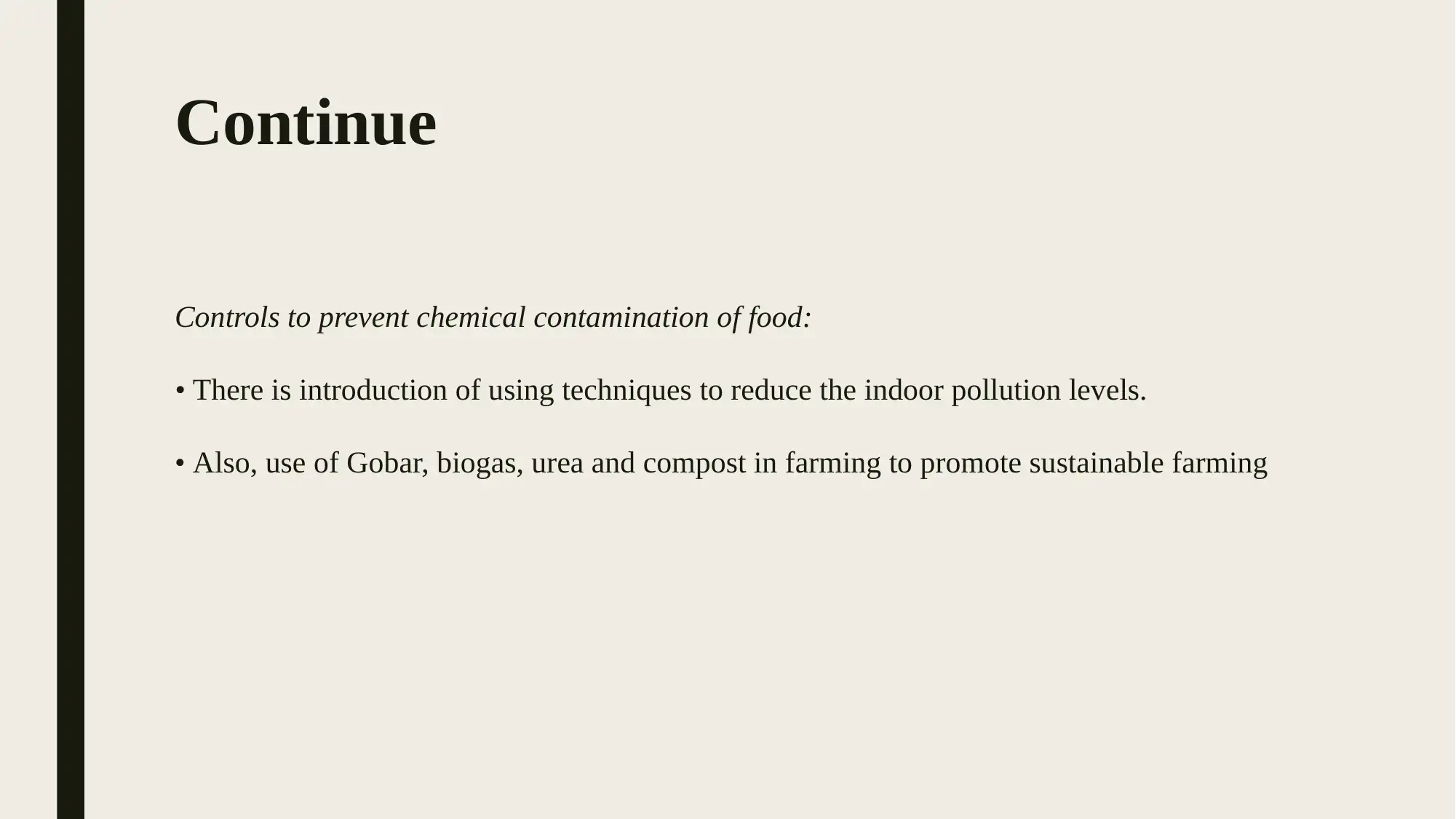
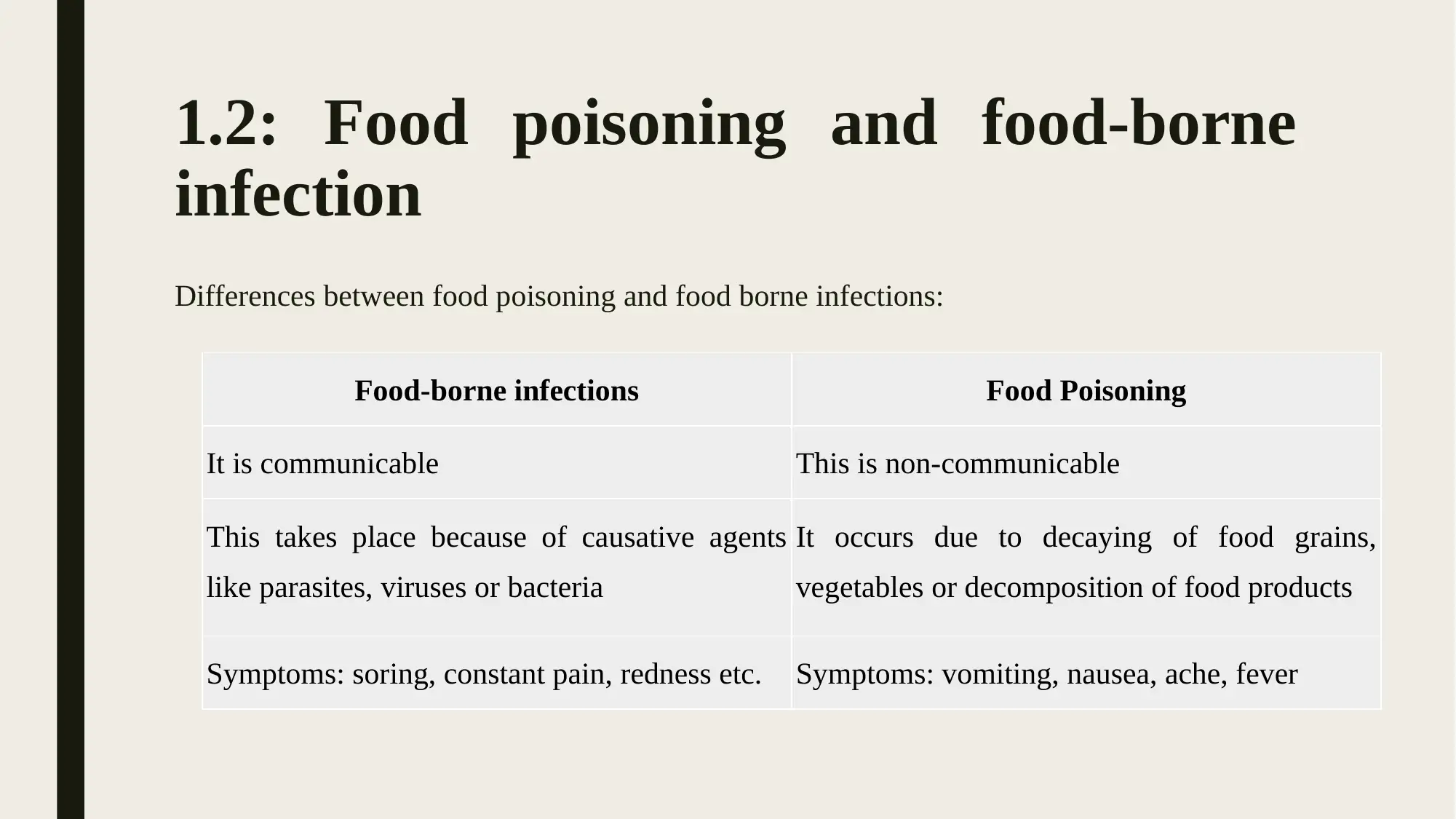
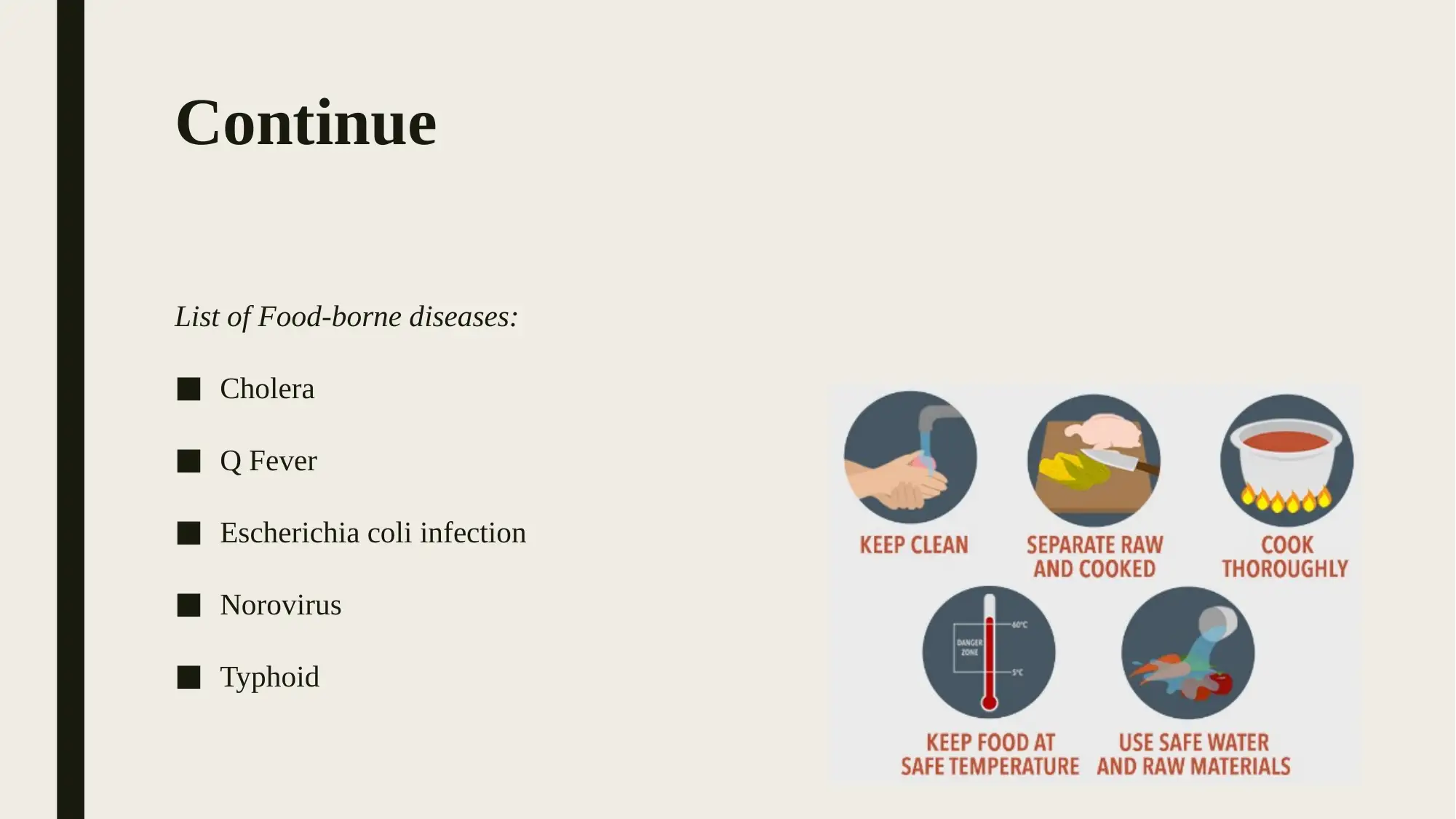
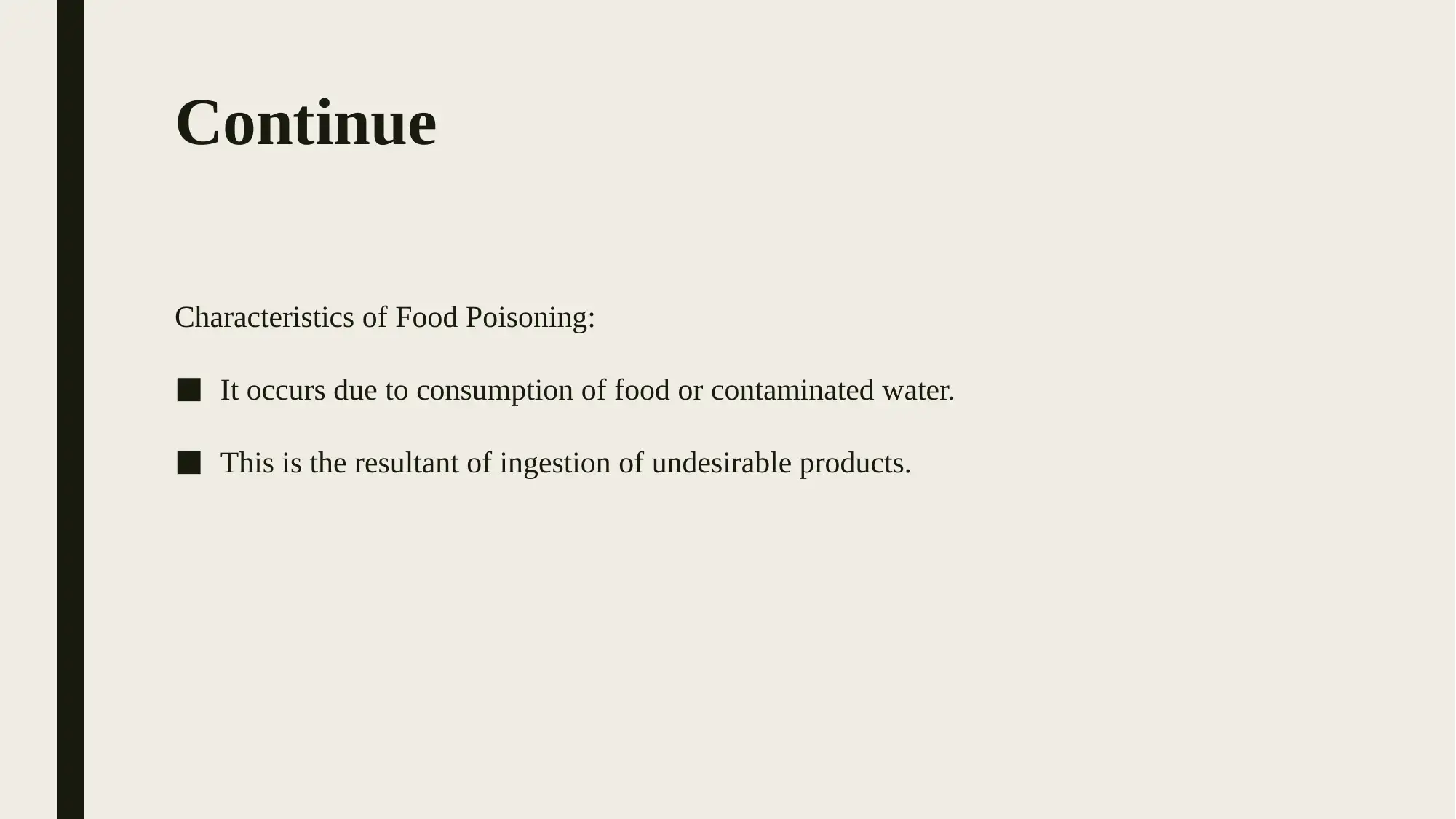
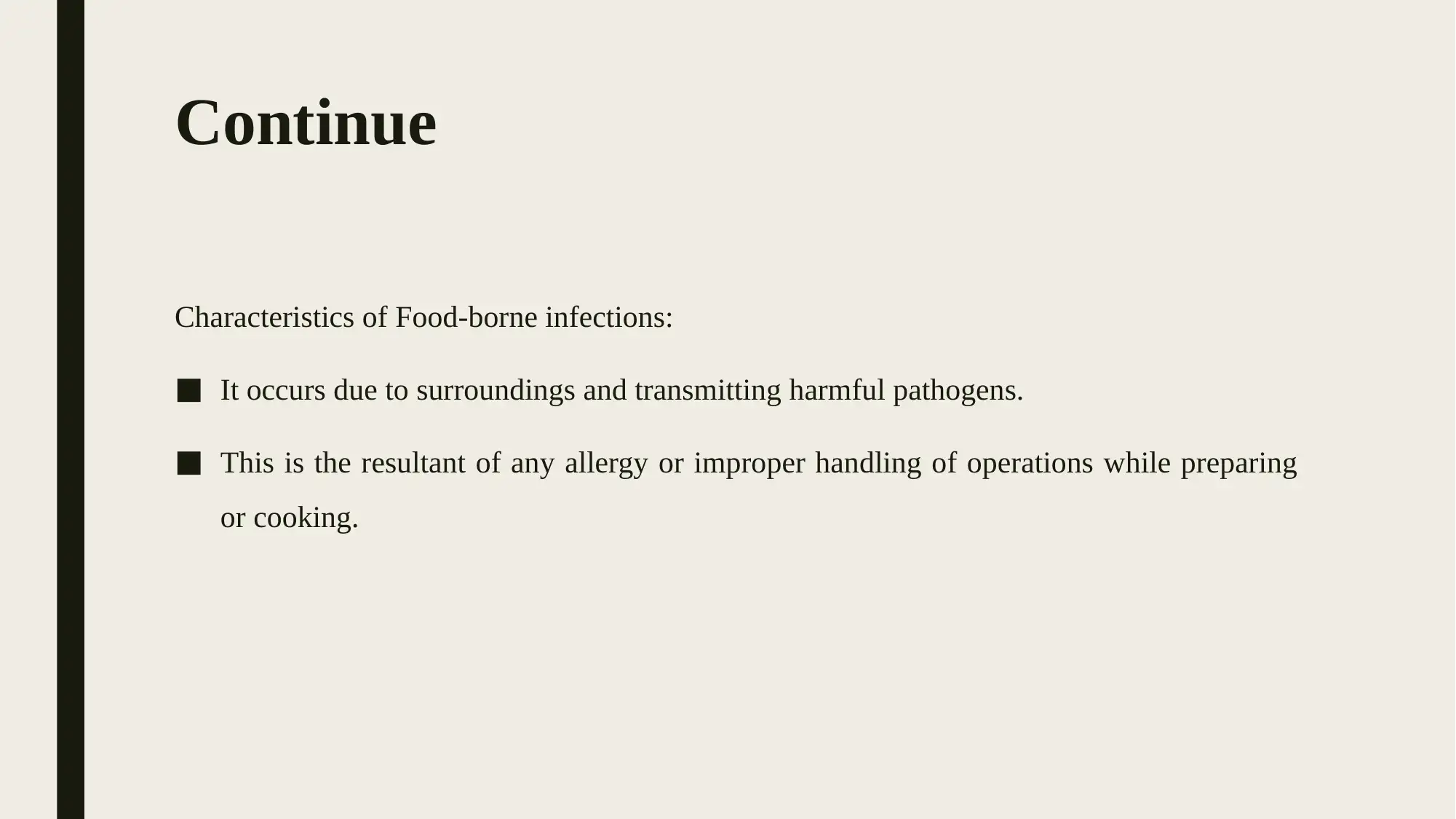






![[object Object]](/_next/static/media/star-bottom.7253800d.svg)